Serene Sibelius, Mighty Mahler (Sydney Symphony Orchestra) ★★★★
The tried and proven order of the traditional symphonic concert program dictates a short introductory piece, followed by a well-known concerto featuring a well-known soloist; then, after interval, a symphony to showcase both the orchestra’s and the conductor’s abilities. This palatable menu was, however, presented with a twist at this week’s concerts of the Sydney Symphony Orchestra. The invited conductor for the series, Thomas Søndergård, clearly made it his business to present the music of Jean Sibelius with the utmost care, right from the first note.
Continue reading for only $10 per month. Subscribe and gain full access to Australian Book Review. Already a subscriber? Sign in. If you need assistance, feel free to contact us.



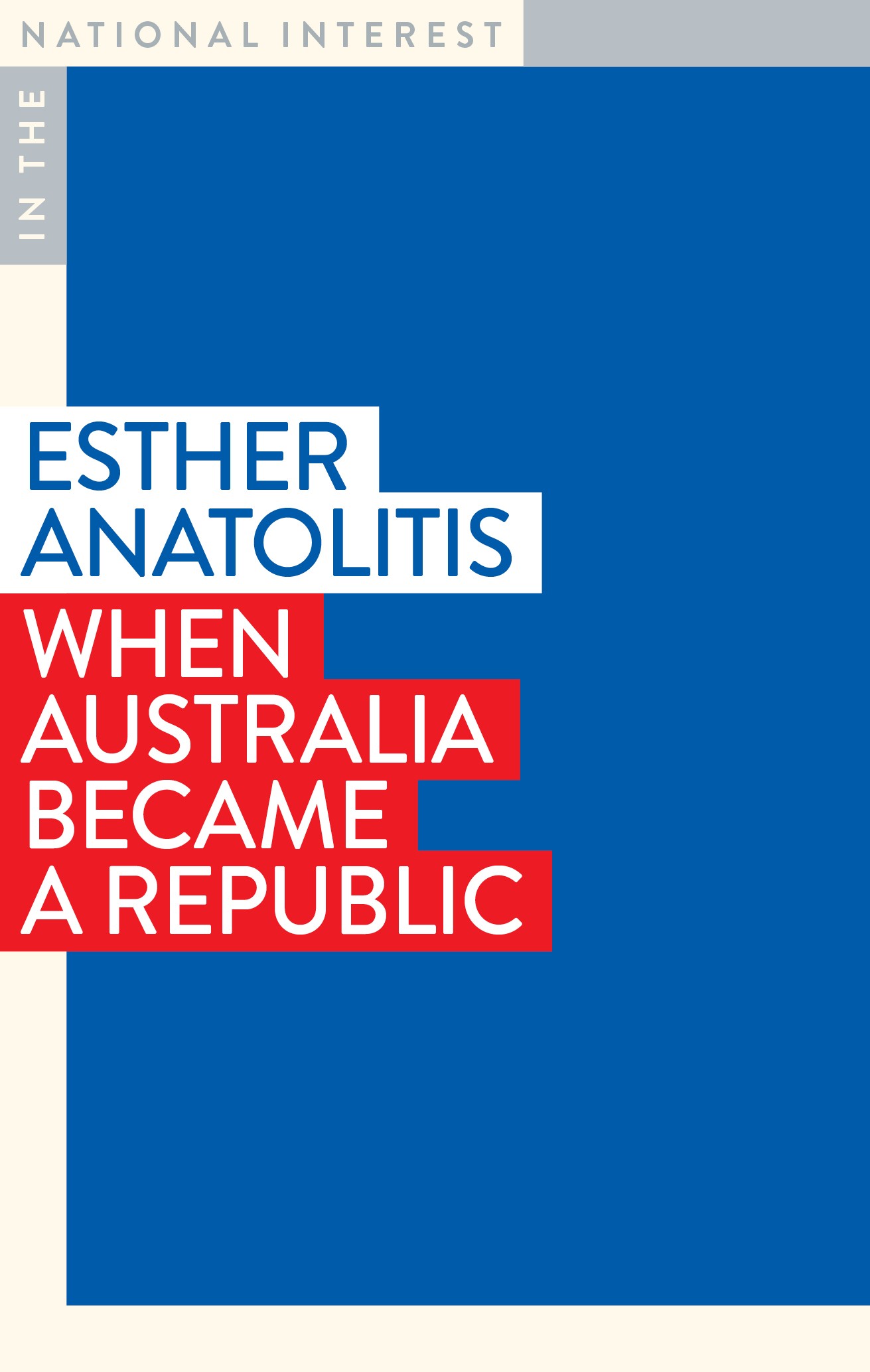

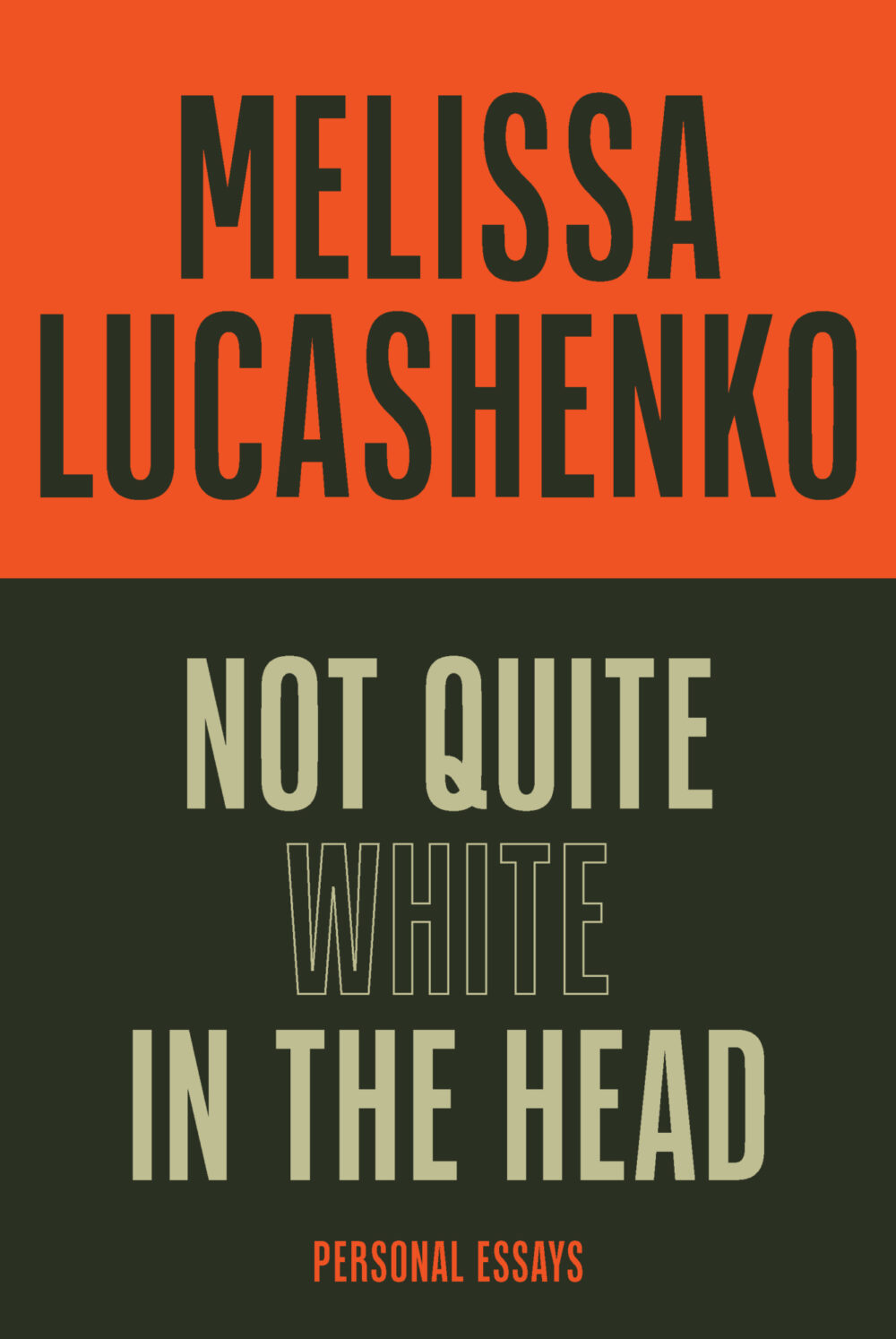

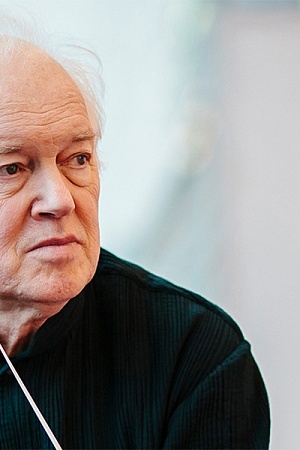
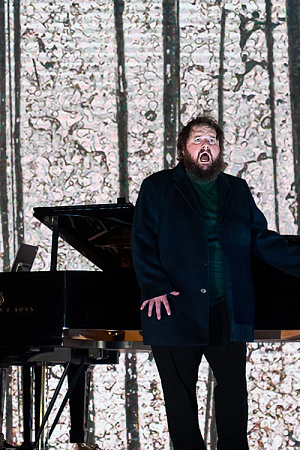
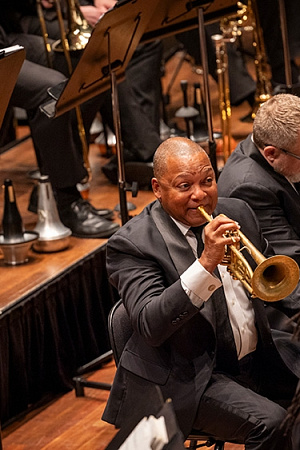
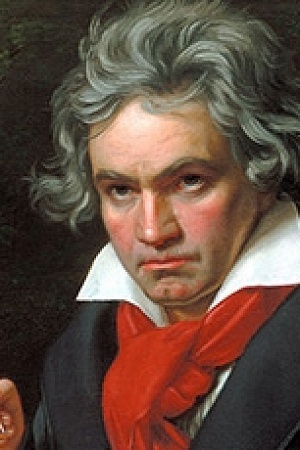
Leave a comment
If you are an ABR subscriber, you will need to sign in to post a comment.
If you have forgotten your sign in details, or if you receive an error message when trying to submit your comment, please email your comment (and the name of the article to which it relates) to ABR Comments. We will review your comment and, subject to approval, we will post it under your name.
Please note that all comments must be approved by ABR and comply with our Terms & Conditions.